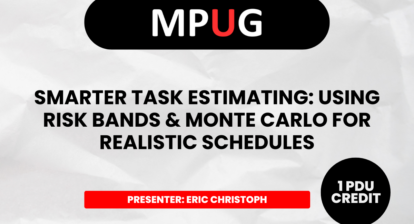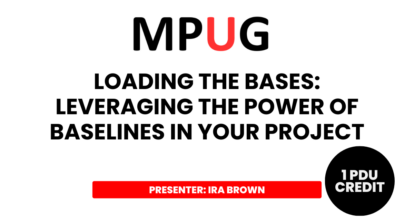Keeping projects on track can be extremely arduous for project managers, especially when it comes to constantly changing additions and requests. When project managers don’t implement the proper strategies and expectations with their clients, team, and senior management before starting the project, deadlines can crumble. For this reason, project managers should implement the following six tips for planning successful projects.
1. Focus on the Human Factor
Project management tools and critical path analysis play an essential role in administering and managing business projects. Making sure the project requirements are simple to grasp keeps all parties on the same page from start to finish. Project management tools help managers visualize the schedule, giving a quick calculation of a potential end date, but these tools can’t substitute for the human factor. Although tools are essential to prompt project completion, managers need to take into account clients and senior management when planning project tasks, deadlines, milestones and implementation dates.
2. Implement a Critical Chain Method
Project managers can use the critical chain method to plan and manage projects more efficiently, placing a large emphasis on resources needed to execute project tasks. The critical chain helps keep all resources levelly loaded while requiring managers to be flexible with start times and task changes in order to meet the project’s deadlines. The critical chain combines a network of specific tasks with achievable, aggressive estimates, and managers need to account for logical, hands-off dependencies and resource dependencies to determine the critical chain.
Logical, hands-off dependencies: The predecessor task’s output starts the successor.
Resource dependencies: The tasks wait on the resource to finish other tasks first.
3. Involve the Team in Project Planning
The team works hard to keep the project moving smoothly, so its members should take an active role in scheduling, especially since they have the skills needed to fully understand the project’s dependencies as well as have to accept the project’s schedule. Having constant communication with the team offers valuable insights into potential bottlenecks, planned and unplanned leaves of absence, and other issues that can affect the overall project schedule.
4. Iterate the Project Plan
Many project managers complete a project by using a traditional approach. This entails completing one task after another in order, which doesn’t take into account levels of uncertainty. Implementing an iterative plan allows managers to constantly evaluate the project and ascertain immediate feedback from stakeholders and clients. This involves several development cycles, which encourages team adaptation and improvements to ensure a successful cycle completion.
Once the requirements definition and streamlined planning phases are complete, project managers can iterate additional detailed plans and requirements. Organizing these plans into time-bound iterations of two to four weeks allows the manager and team to focus solely on one portion of the project, ensuring immediate modifications as new requirements appear. Managers who iterate their project develop a more realistic schedule for a successful completion date.
5. Move Riskier Tasks to the Beginning Stages
Every project consists of potential risks that could hinder or delay the project. Project managers can minimize these risks by moving riskier tasks to the beginning stages, allowing them to complete the tasks and communicate the progress to stakeholders and clients. If the critical path is hindered, managers should review available tasks to see if some can be finished earlier to complete the project on time. For unavoidable delays in the project, managers should inform the stakeholders about moving the due date back or reducing the scope of work.
6. Leverage Technology for Efficient Time Management
For projects that consist of parallel activities, performing scheduling calculations can become quite laborious, especially for large, complex projects. Specialized project management applications such as Microsoft Project can help you visualize the project through a Gantt chart and draw dependencies between tasks. This chart automatically calculates the project’s end date and duration as well as tasks not on the critical path. This kind of application allows managers to:
- Schedule certain tasks as the project develops;
- Place tasks on and off the chart easily; and
- Move tasks chains around on the chart.
Managers can encourage team collaboration by implementing web-based tools, allowing the team to update the project schedule for a realistic end date. These tools show immediate progress and changes without doing the extra work.
Not having the proper steps put into place before starting any project can lead to challenges and delays. Project managers who wish to increase their profitability margins and ensure prompt project completion can take special project management training courses to learn how to keep their project plans on task and minimize deadline delays.
These tips are based on an article that first appeared on the Parallel Project Training blog.








Bob Kunhardt
Nice. I have employed several of these methodologies particularly the “risk forward” and the “iterative” approach. Sort of like Agile in a sense.
Another piece of technology I have used with great success is exporting data from Project to Visio to display a larger scale timeline. Execs and sales prospects love it. Nice caveat is the they can be linked for updating. I call it “Laying Pipe” as the timelines in the 3D aspect look like sections of piping.
Cheerios and thanks!